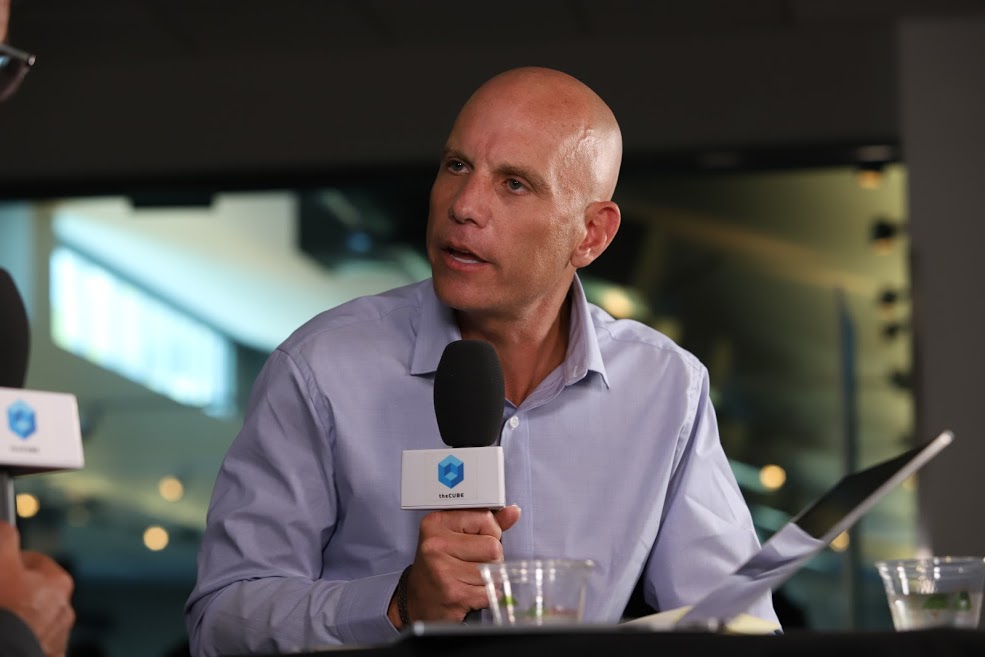 AI
AI
 AI
AI
 AI
AI
Over the past 12 years, more than 49,000 cases of human trafficking in the U.S. have been reported to a hotline that receives an average of 150 calls per day.
That’s one of many statistics that drives the mission of the International Centre for Missing & Exploited Children, an organization dedicated to eradicating child abduction, sexual abuse, and exploitation. It’s tough, complicated work that requires careful coordination between parents, law enforcement, governments, and healthcare agencies to find vulnerable children in a dangerous world.
Paul Shapiro (pictured), took the helm of ICMEC only six months ago, but he received valuable advice from a member of his team right from the start.
“She said to be in this job and to do this every day, you give up a little of your own innocence to preserve the innocence of others,” Shapiro recalled. “When she said that to me it really hit home. While it can be challenging every single day, we realize that the work we do is very important.”
Shapiro, ICMEC’s president and chief executive officer, spoke with Jeff Frick, host of theCUBE, SiliconANGLE Media’s mobile livestreaming studio, during the AWS Imagine event in Seattle Washington. They discussed how ICMEC worked with show host Amazon Web Services Inc. to leverage technology resources for finding children and how tools such as facial recognition play a key role in fulfilling the group’s mission (see the full interview with transcript here).
To pursue its mission on behalf of missing children, ICMEC worked with AWS to create a centralized platform that employs machine learning, artificial intelligence, and facial recognition tools to sift through images on the internet. The goal is to compare millions of photos of children against the Centre’s database in hopes of generating leads that can be passed on to law enforcement in communities around the world.
“We’ve activated emergency response in over 30 countries,” Shapiro said. “Technology, with the help of organizations like Amazon, really enables us to do that.”
The use of facial recognition technology has sparked debate over whether such tools could infringe on personal privacy. For groups like ICMEC, these tools play a vital role.
“We need them,” Shapiro said. “There’s a not a question about privacy in my mind when it comes to protecting children. It’s the one great unifier that we have.”
ICMEC is in the process of expanding a global training academy to help further the understanding of political, education, healthcare, and law-enforcement leaders, according to Shapiro.
“You see the desperation that a parent has when they have nowhere else to turn,” Shapiro said. “It’s our job to find places for them to turn, to employ technology that never stops. The hope that we provide is the light that keeps us going.”
Here’s the complete video interview, part of SiliconANGLE’s and theCUBE’s coverage of AWS Imagine:
THANK YOU